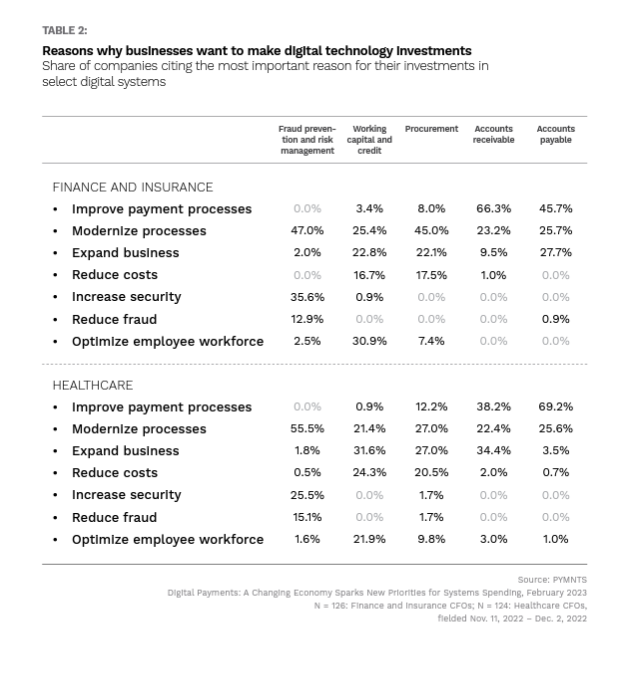
COVID-19’s impact on the medical industry cannot be overstated. High stress and rampant mortality during the pandemic’s peak drove widespread professional turnover and supply chain issues ripped a hole in the sector’s procurement processes. Some facilities still haven’t caught up — but the bills have nevertheless come due.
A recent Wall Street Journal article detailed the financial challenges some facilities face, attributing some concerns to high labor costs in attracting and maintaining staff during and after the emergency phases of the pandemic. Hospitals and other institutions are taking drastic measures to cover their losses, such as shuttering essential services such as diabetes centers and retirement communities.
While some facilities may have no other option than these deep cuts to stay afloat, others shouldering less debt may be able to find less severe options to meet their obligations.
One avenue healthcare facilities are taking is a greater push towards digitization, one noted in the PYMNTS collaboration with Corcentric, “Digital Payments: A Changing Economy Sparks New Priorities for Systems Spending.”
 For healthcare CFOs, cost reduction is a primary driver for increased investment in digital technology to streamline systems, including accounts receivable, accounts payable, procurement and working capital platforms. Cutting out needless employee hours in reconciliation that may be better applied with more meaningful tasks could improve efficiencies and fill out part of the debt gap some facilities are facing.
For healthcare CFOs, cost reduction is a primary driver for increased investment in digital technology to streamline systems, including accounts receivable, accounts payable, procurement and working capital platforms. Cutting out needless employee hours in reconciliation that may be better applied with more meaningful tasks could improve efficiencies and fill out part of the debt gap some facilities are facing.
Another digitizing option for some healthcare firms may be to make their hiring practices for medical staff more agile. Indeed, some hospitals are turning to gig economy apps to fill their staffing gaps.
In an interview with PYMNTS Karen Webster, Clipboard Health CEO and Founder Wei Deng discusses how Clipboard, a healthcare staffing platform, is assisting medical facilities in cutting costs without impacting patient care. “We’re working on tools to help them with not just supplementing staff with outside help, but also helping them retain their full-time staff, and helping them with hiring full-time staff as well. That’s something that many facilities have expressed an interest in … There are going to be a lot more controls that must be put in place to ensure they deliver not just quality care, but that they’re doing the right thing.”
Whether navigating large debts that require a massive restructuring or smaller arrears, many healthcare facilities are facing tough post-pandemic financial decisions. But for some, before cutting services or selling assets, steps toward meeting some of these obligations may be found in digitization.